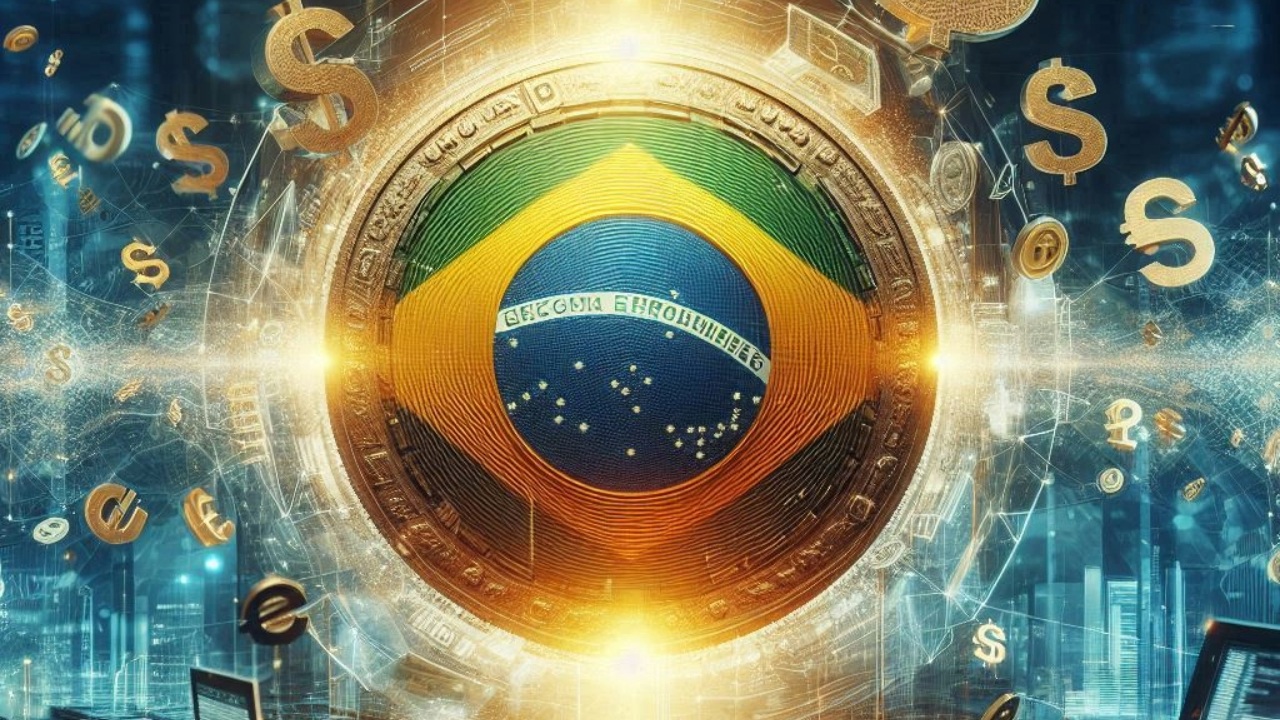Massive changes to payment methods
When we consider all the payment options available today, it seems hard to believe that as recently as the 1990s, the only realistic choices were cash or check. If someone wanted to buy something on the never-never, there was the option of using a credit card. However, the debit card (as we now know it) was launched as a check guarantee card. The buyer would write a check for their purchase, and the vendor would verify the signature on the card matched that on the check and write the number on the back to guarantee payment of funds.
The only way to receive an instant payment was by handing over and receiving cash. However, the bank cards used to guarantee payments could also be used to withdraw cash from the new-fangled ATMs. Other than that, payments took days to be debited and credited to accounts, and keeping on top of available funds could involve a good deal of guesswork.
Enter the internet
However, the arrival of the world wide web changed everything. Or, at least, it was the catalyst that led to the fintech innovations we now regard as standard. Investors became very excited about the possibility that goods and services could be bought online. eCommerce was the buzzword, and everyone was keen to get a presence on the internet. The problem was that there was no secure way of making online transactions. Inevitably this meant that the dot-com boom rapidly became the dot-com bust. The technology was not there to support the imagination of the website creators.
Two significant advances can now be seen as the foundations of today’s payment sphere. One was the introduction of debit cards that could be used in the same way as credit cards, and the other one was PayPal. PayPal was designed to allow for secure peer-to-peer transactions. These payments were essential for a site like eBay to take off, and the online auction site rapidly acquired the payment processor. On the other hand, bank card payments took a long time to offer the same level of security to customers making online payments.
Canada always had an alternative
However, the Canadian financial services had an alternative up their sleeve to offer online shoppers in that country. In 1984 five financial institutions had come together to create the Interac Association. In 1996, with eighty members, they launched Interac branded services, including e-transfers. Interac runs the Canadian debit card system and is the country’s predominant funds transfer network.
There are over 59,000 ATMS and 450,000 merchants who accept Interac debit payments. While virtually unknown outside of the country, Interac is one of the most common payment methods used by Canadians. For example, Canadian gamblers often look for Interac casinos when choosing which online casino to play at. If they want to pay directly from their bank account, the word Interac is what they are looking for.
PayPal
There is constant innovation in the payment sector. PayPal is now the granddaddy of fintech solutions but always looks to stay one step ahead of the challengers. This means that they recently introduced PayPal Credit and a Buy Now Pay Later Option. In addition, they have acquired Venmo, are now accepted at most major online retailers, and are making inroads into in-person transactions as well.
Crypto
As well as central bank currencies, people are looking to make online purchases using cryptocurrencies. Crypto transactions like Bitcoin and Ethereum are particularly interesting to those who make cross-border transactions. Because they do not exist in a physical form, they can lower transaction processing costs. In addition, their value cannot be artificially manipulated, and their decentralized systems do not collapse at a single point of failure. However, recent volatility has made some investors wary about relying on crypto.
Technology drives innovation
Because new technology is constantly emerging, people interested in finance and transactions are always considering new ways to bring products to the market that will benefit consumers. Inevitably, those investing in these new fintech platforms also hope to get a good return on their capital. Challenger banks bring innovative products to the marketplace, and many banks are now working on their own digital currencies.
Staying one step ahead
One of the drivers behind all the adaptations in payments is security. Cybercriminals and fraudsters continually try to break through existing security protocols, and financial institutions must be one step ahead. Unfortunately, as new protocols are introduced, criminals devise new ways to break through. In the old days, there were bank vaults and alarm systems. In today’s digital world, it is no different. It is just that the vaults and warnings are virtual rather than physical. This is why we see increasing use of biometrics to access bank accounts and approve transactions. The same is true of two-factor authentication and other secure sign-ins on the apps we use on our smartphones and computers.
In an interconnected world, people want to be able to make seamless transactions. We no longer accept that we cannot make a payment in a foreign currency without going through a lengthy and costly exchange process. Most fintech is created to address fundamental issues that people face. Indeed, this is what successful apps do. If there is no market for an innovation, it will almost certainly be on the scrap heap before long.
No spam, no lies, only insights. You can unsubscribe at any time.
Crypto News Flash does not endorse and is not responsible for or liable for any content, accuracy, quality, advertising, products, or other materials on this page. Readers should do their own research before taking any actions related to cryptocurrencies. Crypto News Flash is not responsible, directly or indirectly, for any damage or loss caused or alleged to be caused by or in connection with the use of or reliance on any content, goods, or services mentioned.





